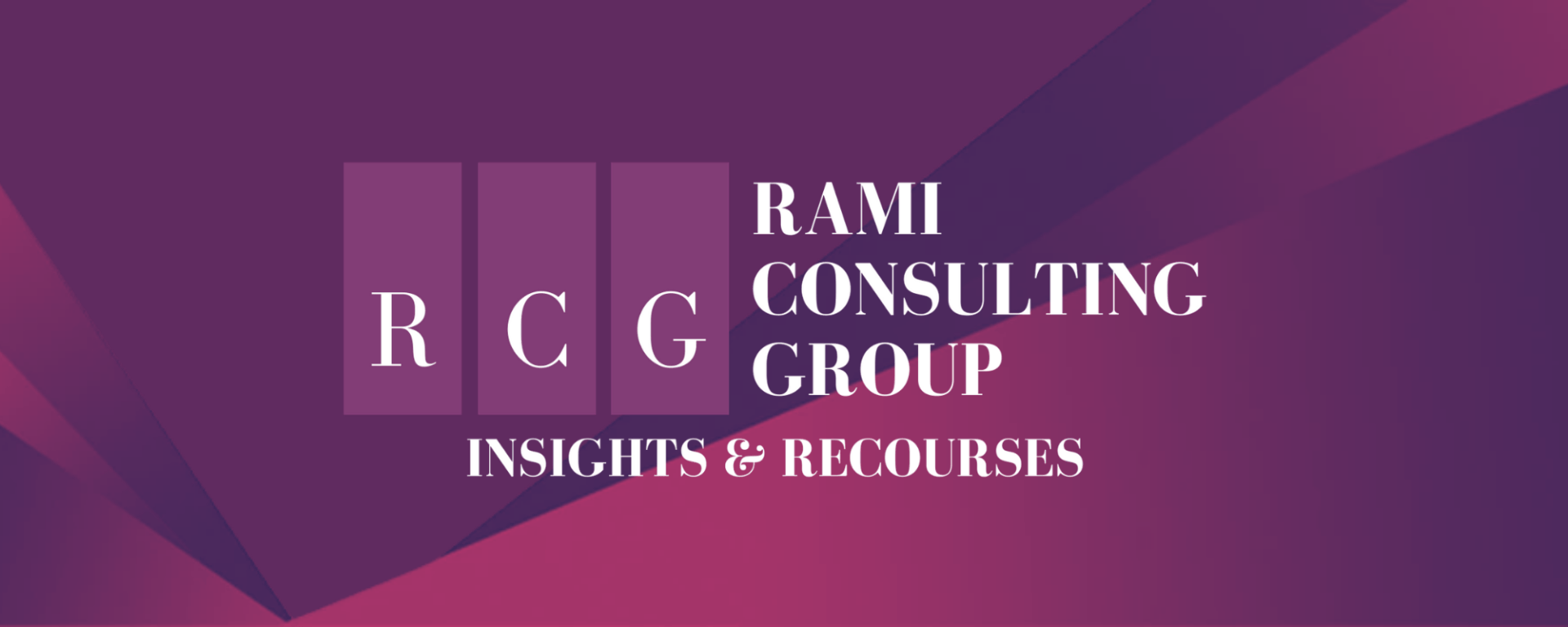Seven Things A Brand Is Not
Brand and branding are terms you hear used and misused daily in marketing and advertising. Once terms used only by those working in the field or by business people in large corporations, it’s now commonplace to hear in everyday conversations: “My favorite brand is…” or “XYZ has a really good brand.” Perhaps it’s the popularity of Mad Men, or maybe the proliferation of new technologies and media channels, but misuse and confusion about the terms keeps growing. Yet as a business owner or nonprofit manager, you want to understand exactly what you’re paying for when buying a brand property, or branding your product or services. Let’s look at two things a brand is, and seven things a brand is not.
A brand is a collection of perceptions in the mind of the customer, the sum total of the entire customer experience. A brand is what your customers think of you and a reflection of everything you do: the way you send emails, your website, your Tweets, how you describe your business, and the logo on your business cards. It’s a complex mixture of experiences, feelings and personalities that make your customers love your company.
Seven Things a Brand is not
- Positioning. A positioning statement defines the mental position a company wants to hold in customers’ minds, in relation to its competitors. A position is often described as the meaningful difference between the brand and its competitors — though the positioning statement itself is rarely made public. It is the touchstone for developing a brand identity, new products, creative copy, and designs for advertising, marketing, and public relations efforts. It is the basis of what we tell people and what we want them to believe from their first exposure. A values-based company strives for performance on its position that consistently matches perception, what is commonly known as ‘showing, not telling,’ or ‘walking the talk.’
- Name. A name is the first impression that starts to define and identify the company or product. The name is eventually what you want to be synonymous to “the best” or the “only one” in the minds of customers.
- Logo. A logo brings the company to life graphically. A picture is easier to remember than words, so you want a picture to embed in the minds of customers to identify with when they hear your name, see your product or even see a logo that is similar. The logo sets the stage for the corporate identity and the graphic standards by identifying the colors that represent your company. Generally, your identity pieces include a logo, color scheme/graphic standards, and a tagline that all relate to your positioning.
- Tagline. A tagline is a short, written expression of your brand’s position or promise to the customer. Not every organization needs or wants a tagline, but you will have a position and a brand in your customers’ minds whether or not you have a tagline.
- Business Card, Brochure, Signage, Packaging, Trade Show Booth, etc. These are additional branding tools or extensions of your corporate identity that support your logo, colors and product/service benefits.
- Website. A website is where your marketing and advertising efforts reinforce the brand’s informational content with a rich mixture of feelings and experiences. Websites are where your potential customer goes to find out more about what it will be like to deal with you, or where an existing customer goes to experience again the benefits of your brand.
- Controlled by Customers. Social media marketing brought a new wave of talk about the customer controlling the brand. If a brand is the sum total of the customer experience — what your customers think of you and a reflection of everything you do — then a brand is a two-way street. Customers influence it, but they cannot control it.
Evaluating Your Options
With clarity on the terms brand and branding, you are in a much better place to evaluate your options. If you are a new organization or startup company, spending everything on a logo design without adequate market research and position planning is unwise. On the other hand, if your organization or company has been around for a while it is even more important to begin a re-positioning or re-branding process with where you are now:
- What does the market look like today?
- Who are your customers? (In detail.)
- How is your brand positioned in the market?
- How do your customers describe their experiences with your brand? (In detail.)
- Where are the gaps between your brand promise and customer experiences? (Are you implementing flawlessly?)
If you are looking to buy a brand, your investment due diligence will include answering these same questions, among many others. If any of these are potential issues for your business, contact
Rami Consulting Group.
Rami Consulting Group Insights





